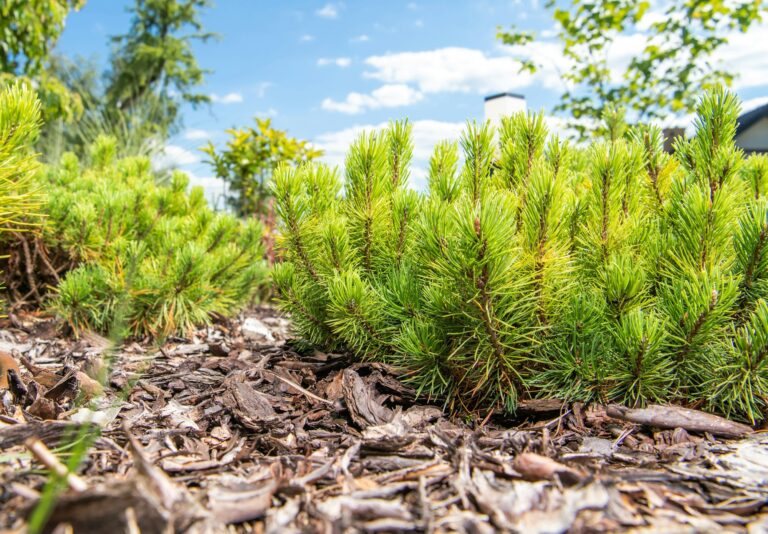Ultimate Guide to Growing and Caring for ZZ Plants

Zamioculcas zamiifolia: The Unkillable Houseplant
ZZ plants, also known as Zamioculcas zamiifolia, are tropical perennials that have risen in popularity as houseplants due to their resilient nature and ease of care. If you struggle with keeping plants alive, the ZZ plant may be the perfect choice for you!
What Are ZZ Plants?
ZZ plants are characterized by their small, waxy, dark green leaves that grow along fleshy stems. Originally native to rocky, arid regions of eastern Africa, they have become a common sight in homes and offices worldwide.
One unique feature of ZZ plants is their ability to store water in all parts of the plant, making them highly drought-tolerant. However, it’s important to note that ZZ plants contain calcium oxalate crystals, which are toxic to pets and humans. So, always handle them with care.
Cultivation and History of ZZ Plants
ZZ plants were first documented in 1829 but gained popularity in the 1990s when commercial propagation began. Their ability to thrive in low light and with minimal care has made them a favorite among indoor plant enthusiasts.
ZZ Plant Propagation
Propagation of ZZ plants is typically done through leaf cuttings or division. Leaf cuttings are a popular method that involves rooting cut leaves in a moist, well-draining soil mix. Division can also be done, but it’s recommended to do so sparingly as ZZ plants are slow-growing.
How to Grow ZZ Plants
Here are some essential tips for growing ZZ plants successfully:
- Light: ZZ plants thrive in bright, indirect light but can tolerate low light conditions.
- Water: Water ZZ plants every couple of weeks, allowing the soil to dry out between waterings to prevent root rot.
- Temperature: Maintain temperatures between 60-75°F for optimal growth.
- Humidity: ZZ plants prefer humid environments but can adapt to dry air with occasional misting.
- Fertilization: While not necessary, occasional fertilization during the growing season can promote growth.
Growing Tips
- Bright indirect light is best for ZZ plants.
- Water sparingly, allowing the soil to dry out between waterings.
- Mist foliage occasionally in dry environments.
Pruning and Maintenance
While ZZ plants are low-maintenance, occasional pruning may be required to remove leggy stems or maintain the plant’s shape. Rotate the plant periodically to ensure even light exposure and remove any dead leaves to keep it looking fresh.
Cultivars to Select
New cultivars of ZZ plants are emerging, offering variations in leaf color and size. Classic ZZ plants with bright green leaves are readily available, with newer varieties such as ‘Raven’ and ‘Zenzi’ adding diversity to the market.
Managing Pests and Disease
ZZ plants are generally pest and disease-resistant but may occasionally attract aphids or develop root rot. Aphids can be treated with a mild soap solution, while root rot prevention involves proper watering and well-draining soil.
Quick Reference Growing Guide
- Plant Type: Tropical evergreen perennial
- Hardiness Zone: 9-11 (outdoors)
- Height: 3-5 feet
- Spread: 2 feet
- Maintenance: Low
- Water Needs: Low
An Almost Unkillable Plant
ZZ plants are often hailed as “unkillable” due to their hardy nature and forgiving care requirements. Whether you’re a novice gardener or looking for a low-maintenance plant, ZZ plants are a great choice to add greenery to your space.
Have you cultivated ZZ plants before? Share your tips and experiences in the comments below!
For more information on tropical houseplants, check out these articles:
– How to Grow and Care for Aluminum Plants Indoors
– How to Grow and Care for Lucky Bamboo Houseplants
– How to Grow and Care for Elegant Lady Palms
Remember, the key to successful ZZ plant care is minimal intervention and providing the right conditions for growth.
Feel free to reach out if you have any questions or need further guidance on caring for your ZZ plant!





